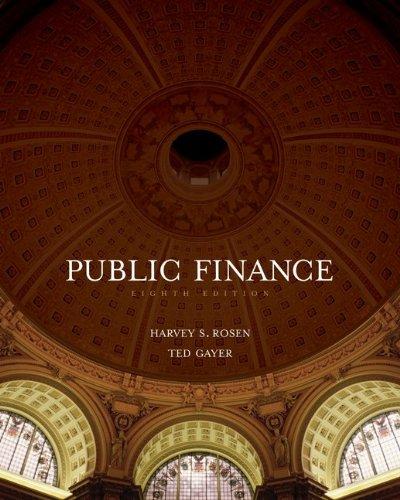Question
I provided the numbers from part A Please help with Part B (question 1-3) Cost of debt, iD 5.43% Corporate tax rate, TC 10.99% Total
I provided the numbers from part A
Please help with Part B (question 1-3)
Cost of debt, iD 5.43% Corporate tax rate, TC 10.99% Total debt, D 57,104,000,000 Total equity, E 91,560,000,000 Total value of the firm, V 148,664,000,000 Beta, 0.61% Return on the market, iM 11% Risk-free rate, iF 3% WACC 6.71% From the balance sheet: Period ending Last Fiscal Year Last Fiscal Year -1 Last Fiscal Year -2 Short term debt + Current portion of long term debt (CMLTD) 7,205,000 4,993,000 2,954,000 Long Term Debt 55,051,000 46,959,000 28,203,000 Total debt, D 62,256,000 51,952,000 31,157,000 From the income statement: Period ending Last Fiscal Year Last Fiscal Year -1 Last Fiscal Year -2 Interest expense 3,102,000 1,819,000 1,829,000 Income before tax 11,015,000 9,759,000 9,492,000 Income tax 1,210,000 3,331,000 3,982,000 Other data: Firms current market capitalization (intraday sock price shares outstanding) 91.56B Firms beta, 0.61 Return on the market, iM Assume 11% Risk-free rate, iF Assume 3%
Financial Analysis Exercise IV
Part B: Dividend Payout and Growth Ratios Worksheet
Recall from Module 1 the following two ratios:
Internal growth rate = (ROA RR) / [1-(ROA RR)] (Eq. 3-30)
where RR = Retention ratio = (Addition to retained earnings)/Net income (Eq. 3-31)
The internal growth rate measures the amount of growth a firm can sustain if it uses only internal financing (retained earnings)
Sustainable growth rate = (ROE RR) / [1-(ROE RR)] (Eq. 3-33)
If the firm uses retained earnings to support asset growth, the firms capital structure will change over time, i.e., the share of equity will increase relative to debt
To maintain the same capital structure managers must use both debt and equity financing to support asset growth
The sustainable growth rate measures the amount of growth a firm can achieve using internal equity and maintaining a constant debt ratio
The sustainable growth rate can alternatively be calculated as follows:
= PRAT/(1- PRAT)
where P = Profit margin = operating efficiency = Net income/Sales
R = RR = Retention ratio
A = Asset turnover = efficiency in asset use = Sales/Assets
T = Assets-to-equity ratio = financial leverage = Assets/End of Period Equity
1. For the firm selected for Part A, calculate its internal growth rate for the last fiscal year:
| = (ROA RR) / [1-(ROA RR)] =
|
2. Calculate the firms sustainable growth rate for the last fiscal year:
| = (ROE RR) / [1-(ROE RR)] =
|
Confirm that your calculation above can also be completed with the following equation:
Sustainable growth rate = PRAT/(1- PRAT)
where P = Profit margin = operating efficiency = Net income/Sales
R = RR = Retention ratio
A = Asset turnover = efficiency in asset use = Sales/Assets
T = Assets-to-equity ratio = financial leverage = Assets/End of Period Equity
P |
|
R |
|
A |
|
T |
|
Product of PRAT |
|
3. Consider your results for parts A and b. Discuss the growth prospects of the firm. Can the firm finance its growth internally? If not, how would you suggest it finance it? Consider the impact of its growth, however financed, on its WACC.
|
|
Step by Step Solution
There are 3 Steps involved in it
Step: 1

Get Instant Access to Expert-Tailored Solutions
See step-by-step solutions with expert insights and AI powered tools for academic success
Step: 2

Step: 3

Ace Your Homework with AI
Get the answers you need in no time with our AI-driven, step-by-step assistance
Get Started


